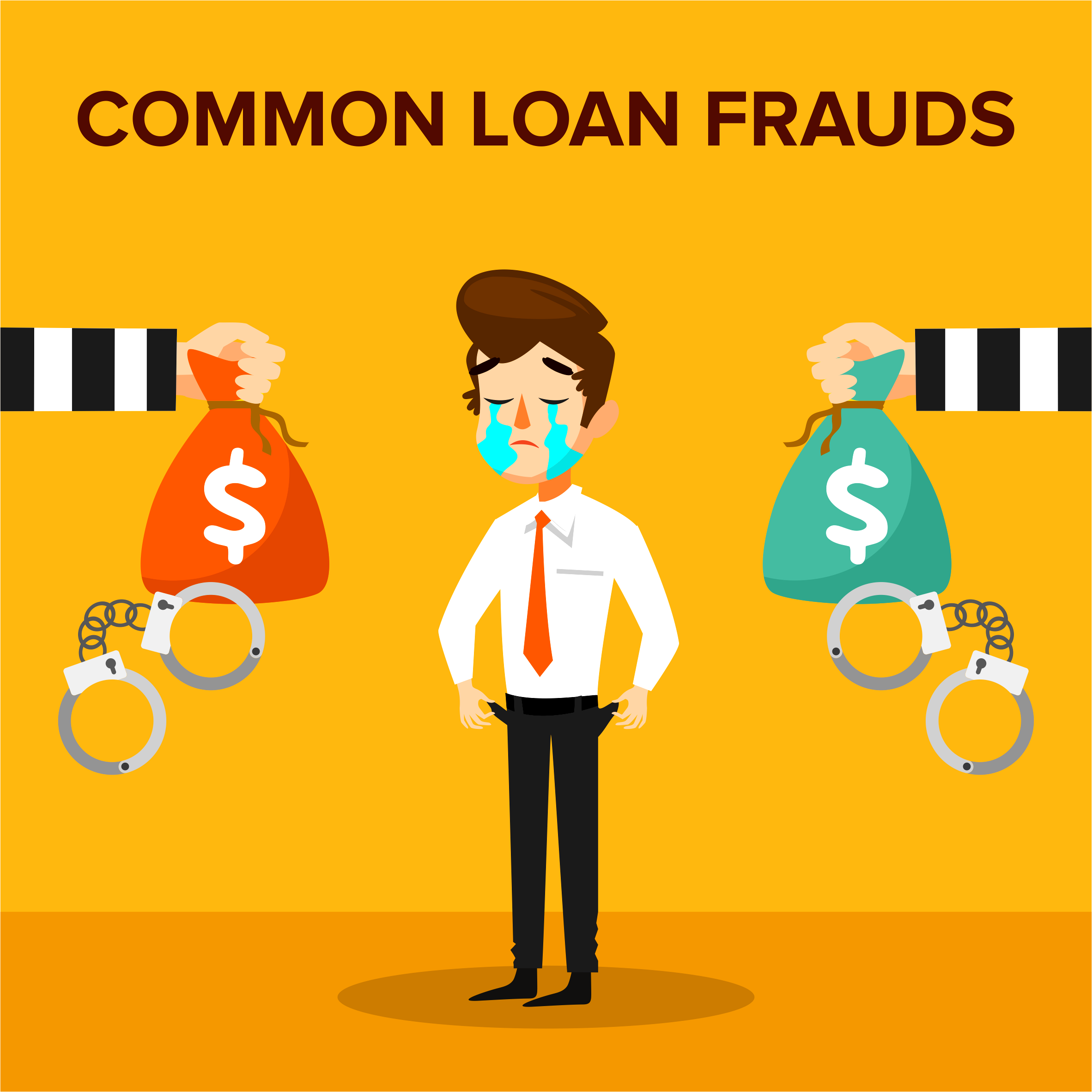
What are loans?
To understand what loans are, we need to understand a simple process of indirect finance. Loans are money that is lent to “deficit units” by the “surplus units” with the help of financial institution/intermediaries.
The surplus units, also known as savers, lenders or investors, invest an amount to the financial institutions. They deposit funds into the banks that are then loaned out to the deficit units and they charge an interest on these loans.
The deficit units are known as the issuers of security, borrowers, and users of funds. They use these loans as a source of capital and make maximum use of them so that the surplus units can benefit from that.
What are the types of Loans?
The most common types of loans that are available in Canada are:
Mortgage Loans are issued for 10 to 25 years and are usually given for large investments like buying a house or a car. The bank usually charges a hefty interest rate through which they earn a steady income over the.
Secured Loans require the borrower to provide collateral. The collateral acts as a way to recover the debt if the loan is not repaid. They charge the lowest interest rates but the borrower needs to make sure that they are able to repay, otherwise, they will lose almost everything they have put in the collateral.
Unsecured Loans charge a high-interest rate and do not require the borrower to put up collateral. To apply for the loan the borrower needs to show a steady income.
What are the common loan frauds?
Being turned down by the bank for not having a healthy bank statement is a big disappointment. That is why we turn to the Internet to look for other available financial solutions.
The internet is kind of like butter; everything tastes 100 times better with butter. The Internet provides us with great personal loans that have decent interest rates. However, have you ever given thoughts to the fact that you may be getting yourself involved in a loan fraud?
Identity Theft
Identity Theft has been a popular fraud in Canada in recent years. Identity theft is the use of your personal data without your knowledge. Scammers can use your name, date of birth, address, etc. and impersonate you. They can use one's identity for many illegal activities including loan frauds.
Straw borrowers
Straw borrowers are people who willingly allow someone else to use their personal details to apply for a mortgage loan. Straw borrowers are used when the real person has been rejected banks. It is not considered an illegal practice unless the person has been banned.
Income fraud
Income fraud happens to be another common loan fraud that is on the rise. Banks usually ask the borrower to provide them with evidence that they will be able to pay back the loan or show income statements that reflect a positive background. Income fraud happens when the borrower “misrepresents” the risk to the financial institutes.
Employment
Fraud through employment is self-explanatory. The borrower provides financial institutes with the false information regarding their employment. The borrower can claim to be employed by a company that does not exist or pretends to be employed in a company with a great reputation.
Inflated Value
The dealer purposely overstates the value of the asset in order to be 100% approved by a lender.
Flipping
Flipping is a process where the property that was bought at a lower price is sold at a higher price. This practice is considered illegal when the property or asset is resold at an inflated value.
Fraud for Profit
Also known as the industry insider fraud, which happens to be the most expensive type of fraud that one can face. This usually involves a whole team that is partly taking in the fraudulent activity. They all fake the roles to get the lender to think that they are the suitable candidates.
Fraud for criminal enterprise
The borrower happens to be a criminal who invests his illegally obtained money into real estate. There are three steps to money laundering: placement, layering, and integration.




